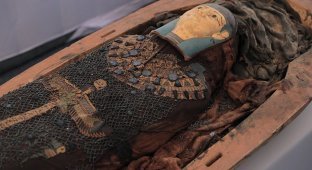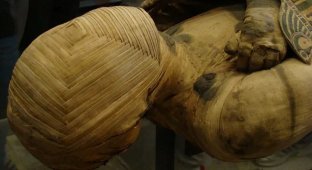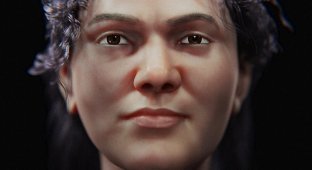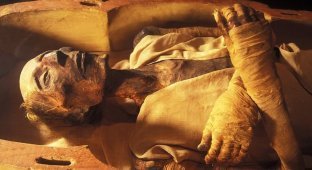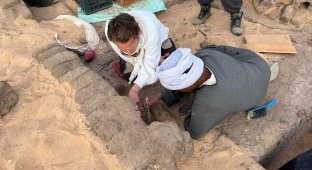CT scan reveals the secret of a three-thousand-year-old mummy (6 photos + 1 video)
Scientists have solved the mystery of an Egyptian mummy sealed in cardboard with no visible seam. A CT scan has revealed how a woman named Shenet-aa was embalmed 3,000 years ago. 
For years, researchers were unable to figure out how the remains ended up inside, finding only a small hole near the feet. However, this was not enough to accommodate the body.
When experts placed Shenet-aa in a CT scanner, they found a seam running along her back and lacing. 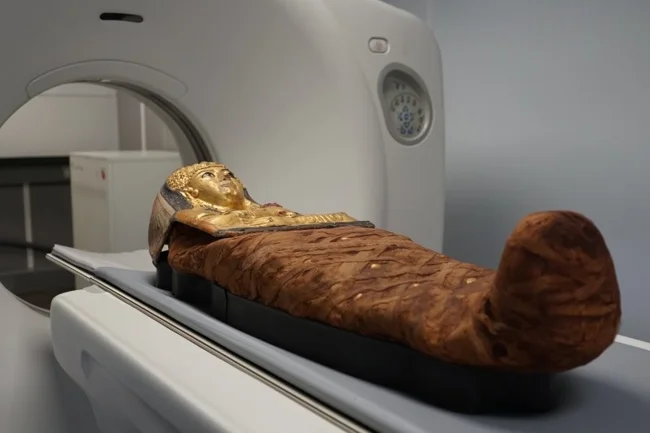
JP Brown, a senior research fellow in the anthropology department, believes that the Egyptian woman was about 30-40 years old at the time of her death. Careful preparation for the afterlife indicates her high social status.
The images confirmed that Shenet-aa lived during the Third Intermediate Period in Egypt, during the 22nd Dynasty. Her body is still in excellent condition. 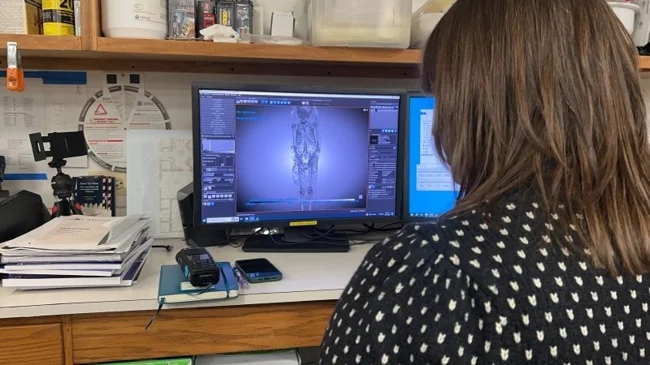
The team also learned about the woman's diet and how the embalmers prepared her for the afterlife.
The ancient craftsmen first softened the cardboard so that it would be flexible and take the shape of Shenet-aa's body, then made a cut in the back and placed the mummy inside. The cut was stitched up, and a wooden panel was placed at the feet to hold her in place. 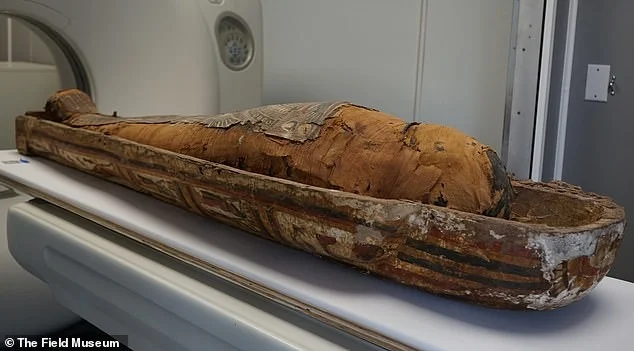
The internal organs were placed in the body cavity along with six wax figures of the sons of Horus.
Amset, who protected the liver, and Hapi, who protected the lungs, were among them. Duamutef was called upon to protect the stomach, and Qebehsenuef, the intestines. 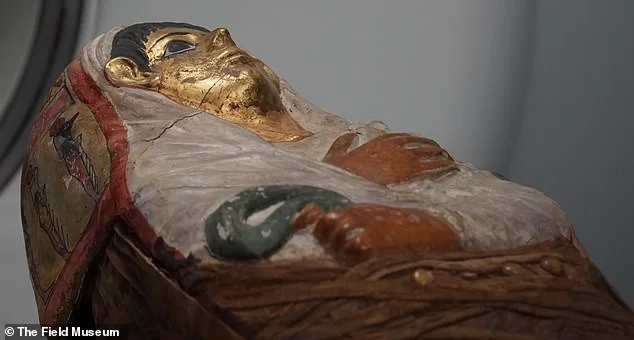
The Egyptian woman had lost several teeth, and the remaining ones were significantly worn down. This indicates that her food may have contained grains of sand.
It also turned out that the embalmers had replaced her eyes with artificial ones.
The woman was wrapped in expensive linen, and her sarcophagus was brightly decorated.
"The ancient Egyptians prepared for the afterlife the same way we prepare for retirement. They saved money throughout their lives and hoped that when they died they would have enough money," Brown explained. 
Researchers studied two mummies out of 26 on display at Chicago's Field Museum.
For example, an Egyptian named Harwa lived around the same time as Shenet-aa and also had a high social status. 3D images of his spine showed that he did not suffer from diseases associated with physical labor. And his good teeth indicate that he had access to quality food, which was available only to the elite.













